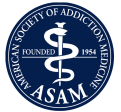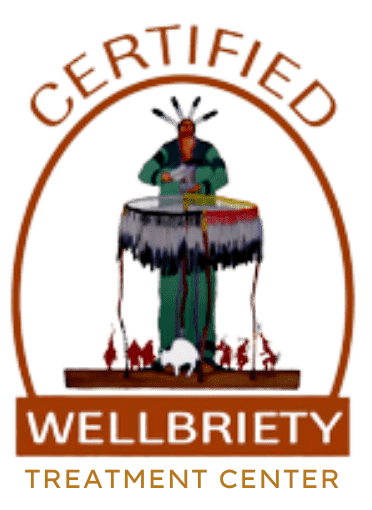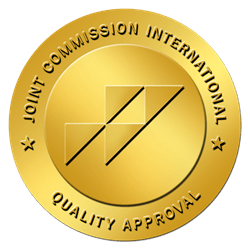When recovering from a substance use disorder, learning how to re-adjust to an independent, sober lifestyle can be overwhelming. Fortunately, there are many resources available to help you transition back into sobriety. This includes aftercare options such as halfway houses, or sober living residences. These recovery housing options provide a stable and secure environment to promote long-term sobriety.
What Is a Halfway House?
A halfway house is a residential environment that provides support for those transitioning from addiction treatment back into society. Also known as sober living homes, these safe, sober environments provide continuing care and support for people in recovery. While in a halfway house, residents can learn life skills, develop coping mechanisms, and rebuild healthy relationships.
Halfway houses also typically provide residents with access to employment, education, and other resources. In doing so, they help people get back on their feet while they transition into an independent, sober lifestyle.
Halfway houses can serve a variety of populations, including:
- People who are transitioning from incarceration.
- Individuals who are completing drug and alcohol treatment.
- People who are recovering from mental illness.
- Those who are re-entering society after homelessness.
- Individuals who are on probation or parole.
How long someone will spend at a halfway house varies depending on their needs and the program’s requirements. Some residents may stay for a few months, while others may stay for a year or more.
What to Expect While Living in a Halfway House?
Most halfway houses have rules that residents must follow at all times to maintain a safe and controlled environment. These rules act as accountability measures that help residents transition back into the community and maintain their sobriety.
The specific rules may vary from one halfway house to another, but some common rules include:
- No substance use: To help residents stay sober, no alcohol or drugs are allowed inside sober homes. Random drug and alcohol testing may be conducted to make sure this requirement is being met.
- Curfew: Residents must return home by a certain time each night. This helps to ensure that they are getting enough sleep while minimizing their exposure to temptations.
- Chores: Those staying at a halfway house are typically required to contribute to the household by doing chores. This helps to teach life skills and build a sense of responsibility.
- Employment: Residents are usually required to either be employed or actively looking for work during their stay. This helps to ensure that they are financially stable and have a purpose in life.
- Meetings: Most halfway houses will typically require their residents to attend regular recovery meetings, such as 12-step meetings. These help guide them in their sobriety and build a support system.
While these rules can seem strict, they are in place to make sure each resident is safe. These accountability measures also assist staff in providing residents with the best support possible to achieve long-term recovery.
What Are the Benefits of Sober Living Communities?
Sober living communities provide structured and supportive living environments for those who are recovering from substance abuse. The community inside of a sober home can offer several benefits to people in recovery, including:
- Accountability measures
- Built-in support network
- Increased independence
- Resources and services
- Reduced risk of relapse
Many people find themselves more successful in maintaining their sobriety when participating in these programs. Rather than attempting to live independently after treatment, people can continue healing alongside a community of like-minded people.
Accountability Measures
While in recovery, sober living communities provide residents with ongoing support in a structured environment with set rules and expectations. By following these guidelines, residents can minimize their exposure to triggers and stay on track with their recovery goals. Rules may include attending mandatory meetings or services, abstaining from drugs and alcohol while staying in the community, refraining from negative behavior such as fighting or theft, and participating in community activities.
The accountability measures in place at sober living communities also help to ensure a safe environment for all residents. Residents are encouraged to practice respect and compassion towards one another as they work together to maintain sobriety in the long term. By providing a supportive network of individuals with similar goals, these environments often promote connection and camaraderie amongst peers.
Sense of Independence
Sober living homes offer a more gradual transition from residential treatment to independent living than immediately returning home after treatment and provide residents with the opportunity to learn how to live independently in a safe and supportive environment.
Halfway houses provide a sense of structure with fewer restrictions than those found in an addiction treatment program. In doing so, residents have more freedom to schedule their daily activities around their recovery goals — whether that be at work, school, volunteer activities, or therapy. This allows them to reintegrate into their communities and build a sense of independence while still having support throughout their recovery journey.
Sober Support Networks
While living in a halfway home, recovering individuals have the opportunity to develop deeper bonds within their recovery community. As a result, sober living communities assist people in building strong sober support networks with other individuals in recovery, which can be crucial for long-term success.
In addition to forming meaningful relationships with peers, residents of sober living homes can also gain access to a network of recovery professionals. This may include therapists, addiction counselors, and other experts who can provide ongoing care and guidance throughout the recovery process. As an important part of a person’s support network, these professionals provide clinical support and comfort while motivating residents to stay focused on their sobriety goals.
Access to Recovery Resources and Services
Halfway houses typically offer residents access to a variety of resources and services. Some recovery resources include job training, educational opportunities, and counseling. These services can help residents rebuild their lives and develop the skills they need to succeed in sobriety.
Likewise, many sober living homes provide access to clinical services and support groups. These supportive services can further equip residents with the resources needed to stay clean and sober. This can help individuals gain greater awareness about the dangers of substance abuse and create a long-term plan for success.
Rather than attempting to live independently immediately after treatment, these services help people continue practicing healthy habits after treatment. As a result, many people find themselves more successful in maintaining their sobriety when staying in a halfway house.
Reducing Your Risk of Relapse
Sober living communities provide a safe and supportive environment where people can focus on their recovery. When surrounded by others in recovery, residents gain the confidence and inspiration to stay on track with their recovery.
They are also able to access resources and services, such as therapy, medication management, social activities, and educational opportunities. In doing so, sober living communities offer a safe environment that can be free from any potential triggers or temptations. This allows residents to focus on their recovery without the added stress or worry of relapse.
Can Aftercare Prevent Relapse?
Aftercare programs provide ongoing support and resources to people in recovery, helping them to manage challenges and avoid triggers. According to the National Institute on Drug Abuse (NIDA), safe and stable housing is a crucial element in the addiction recovery process.
The recovery resources and preventative measures provided by these programs can help residents remember why they began their recovery journey. By uplifting each resident, sober homes help people avoid temptations and triggers during the early stages of sobriety.
Sober living homes and other aftercare services also facilitate long-term recovery by offering safe and effective means for residents to transition into an independent, sober lifestyle. In this way, aftercare services help prevent many individuals in recovery from relapsing.
What Treatment Centers Offer Aftercare?
When looking for the right treatment center, it is important to make sure your facility offers rehab aftercare services. At Royal Life Centers, we help our guests through every step of their recovery process, from start to finish.
Our treatment approach features a full continuum of care, from detox to residential treatment, outpatient programs, and various aftercare services. This includes sober living residences that offer independent housing facilitated by the guidance and support of our dedicated aftercare team.
When participating in our 12-week aftercare program, you will have access to a wide variety of services, including:
- 12-step meetings
- Comfortable living accommodations
- Life skills training
- Employment assistance
- Educational resources
- Sober support
If you are ready to start your recovery, we are here to help every step of the way. Reach out to us by calling 877-RECOVERY to learn more about how our program can help you. Our admissions team is available 24/7 to help you begin your path to recovery today!















